Ana Kronschnabl’s career in media began in 1987 when she founded and ran a video production company, Cambridge Video Unit: with clients including Ford UK and the NUS. Ana is one of the UK’s leading authorities on new-media aesthetics and technology, is an award-winning filmmaker and founder of the acclaimed web-film project plugincinema. Ana won the 1990 Ian Nicol Health Promotion Award for her film on AIDS, ‘Sex, Lies and Stereotypes’ and is the co-author of the first ever book to examine filmmaking and the Internet; ‘Plug In & Turn On: A Guide to Internet Filmmaking’ (ISBN: 0-7145-3102-2 Marion Boyers, 2004). She is a visiting lecturer at Bristol University and is completing a PhD on content creation for the Internet and other hand-held devices. Ana sits on the MediaBox panel for South West Screen and the selection panel for Encounters Film Festival. Ana is currently CEO of the digital media and computer games company FluffyLogic, whose client list includes Hewlett Packard, Sony Computer Entertainment Europe, Swindon Borugh Council, South West Regional Development Agency and Knowledge West.
Tomas Rawlings graduated from a degree in Psychology and Communication in 1996. He then went on to work with young people for various social services projects. In 1998 he entered the computer games industry working at Hothouse Creations. There he worked as a designer on PC, PlayStation? and Dreamcast games such as ‘Abomination: The Nemesis Project’ and the best selling TV-tie in, ‘Who Wants to be a Millionaire?’ He moved to Pivotal Games in 2001 to work on next generation game systems. Amongst other project there, he was lead designer on the PC, PlayStation2 and Xbox conversion of the 1963 Oscar winning classic ‘The Great Escape’. Tomas is co-author of ‘Plug In & Turn On: A Guide to Internet Filmmaking’ (ISBN: 0-7145-3102-2 Marion Boyers, 2004) and is currently the development director at FluffyLogic and is studying for a PhD in Network Media at Bristol University.
Berlin Riot 1999 (Atari Teenage Riot LIVE)
the classic piece that was the audiovisual epiphany for many. still remains the standard to match for av cutup. ninjatune rool!
Web 2.0 … The Machine is Us/ing Us
kersal massive with REAL Ginger Joe
KERSAL MASSIVE vs SLAYER
Warby does the kersal massive
Marcus Brigstocke rants about religion. Not for the faint-hearted! Audio from ‘The Now Show’, Radio 4, Saturday 21 July 2007. Pictures compiled and sequenced by Alien8ted.
Digitalfreethought.com’s site manager answers Religious Questions in his 6-part series Atheism-101.
Name: Doubter5
Age: 57
Computer Programmer, Biker, Country Dancer, Karaoke Singer, Guitar Player, B.A. Poli-Sci ’75. See http://uk.youtube.com/user/Doubter5
mentos+coke light = explosion
my humps – black eyed peas
Alanis Morissette “My Humps” video
“Distance Over Time is part of my research into making appropriate content for delivery over the Internet. Distance Over Time is about the concept of travel or movement. It contrasts moving footage taken from different forms of transport with the self determined, mechanical movement of objects. The film moves through time and space multilayering images and sound as it moves faster and faster towards the end of its journey. The film is intentionally experimental and conceptual using the shape, colour and pace of the images as the formal structure. It was filmmed using a Canon Powershot S200 digital stills camera at a very low resolution (160 x 120) and edited in AfterFX. There are two different versions here; one 56k version and one for broadband (256k). Although I experimented with various codecs and file formats, Real is the one that gave the type of compression and image/sound quality that I preferred.”


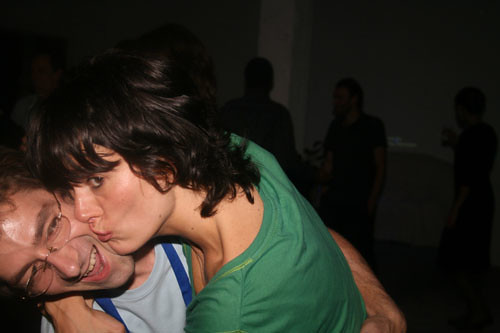

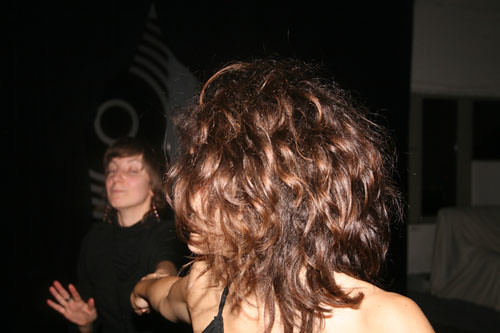
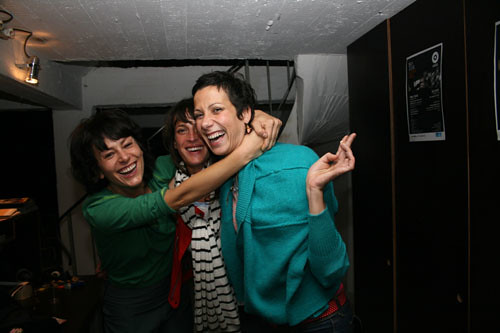

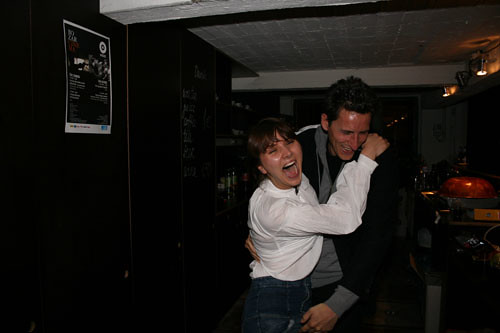
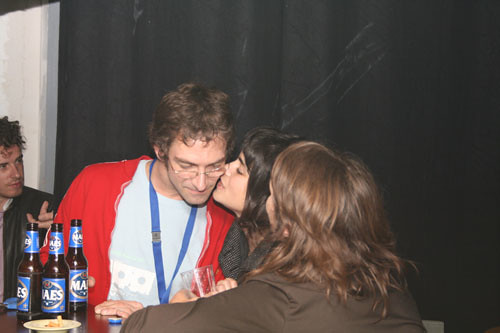


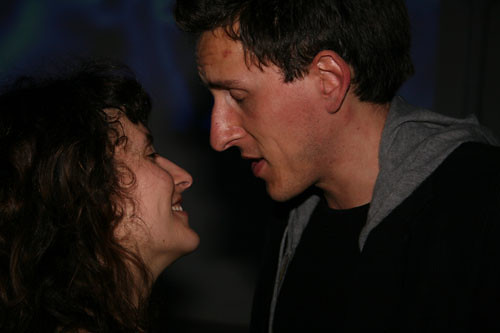
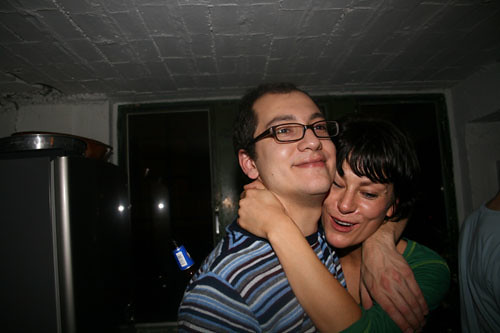
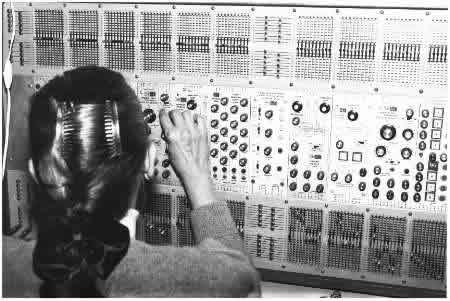

 In the context of the Video Vortex conference (5th of October) we asked some of our guests to compose a program of Internet video works, as a source of inspiration and reference. We’ll be posting the programmes on this blog.
In the context of the Video Vortex conference (5th of October) we asked some of our guests to compose a program of Internet video works, as a source of inspiration and reference. We’ll be posting the programmes on this blog.